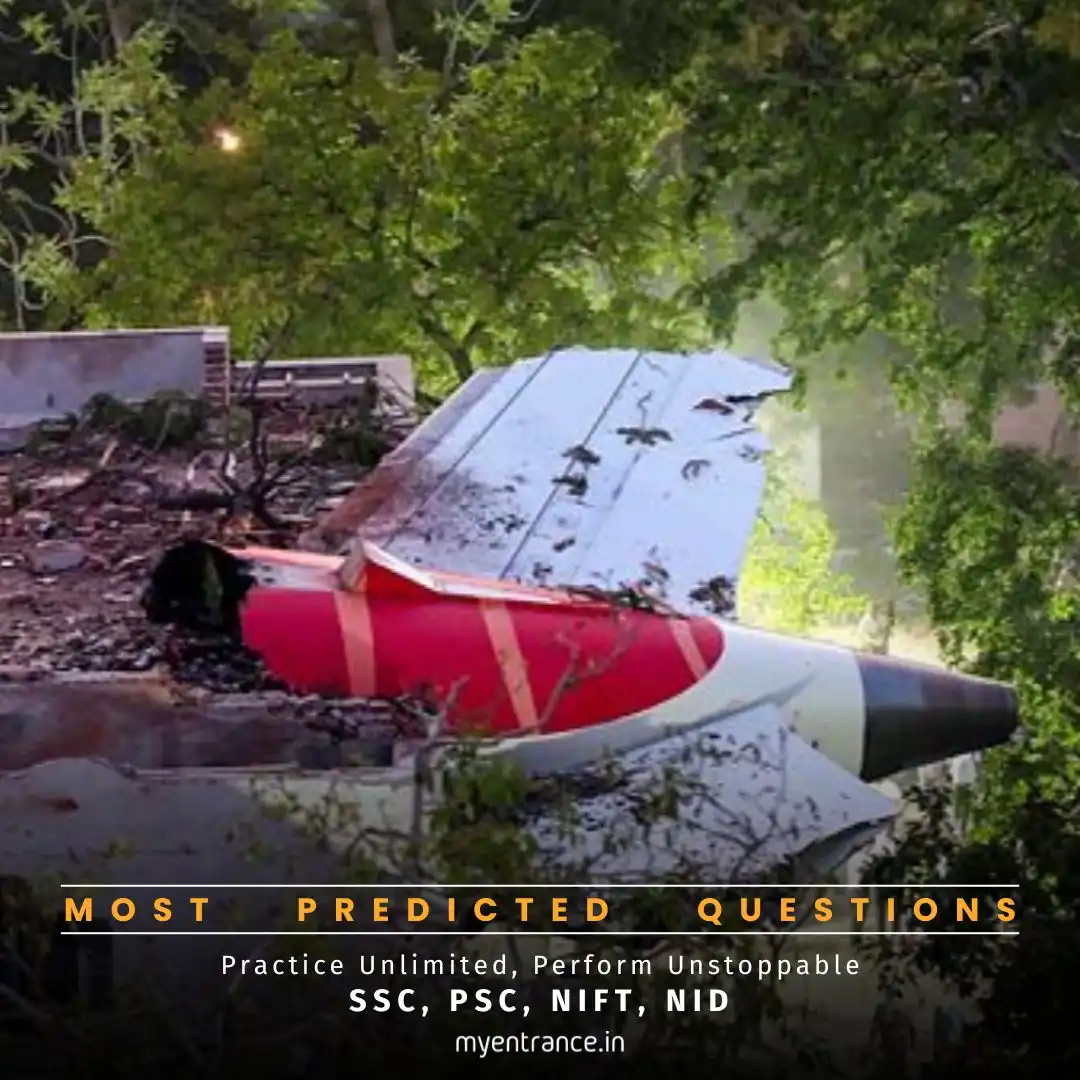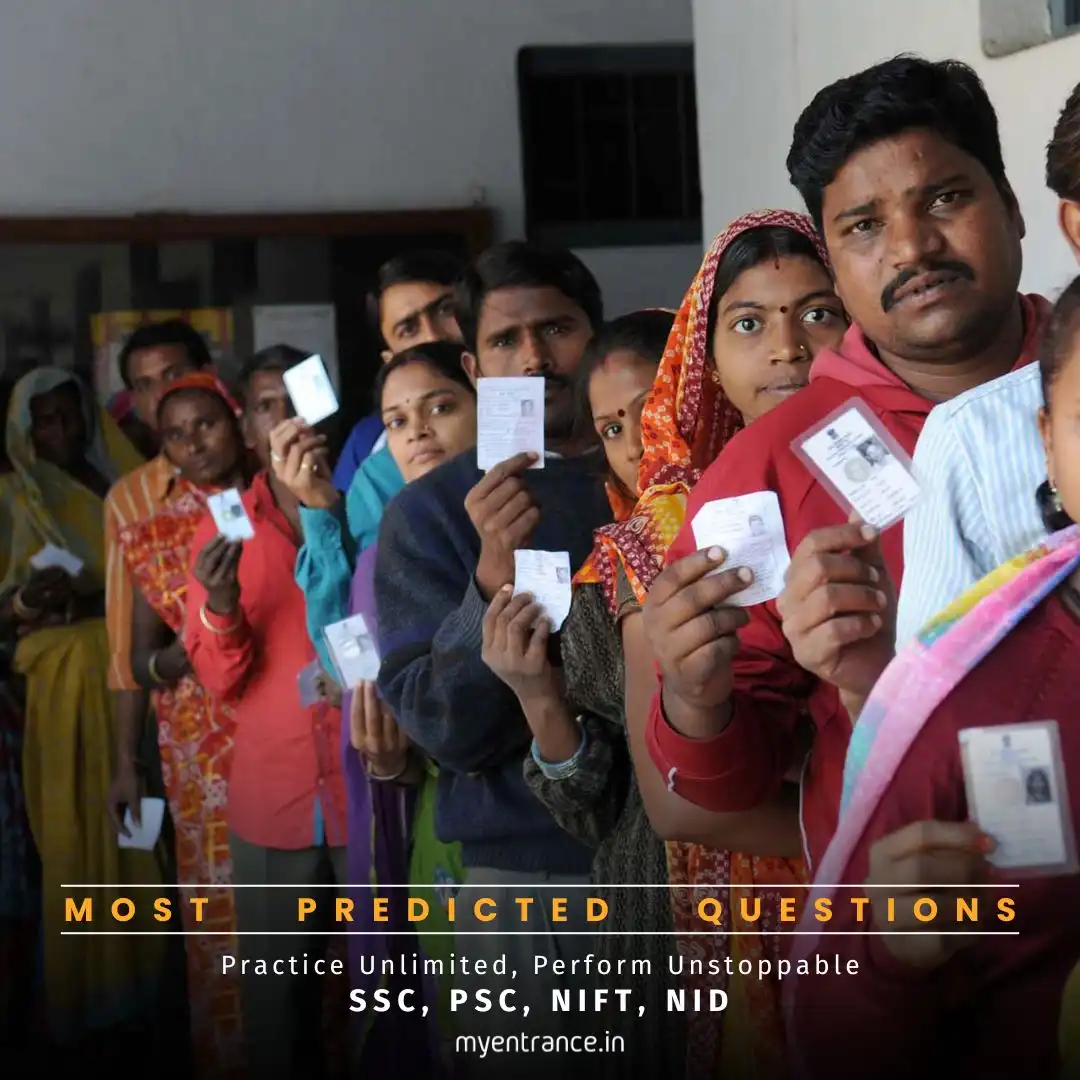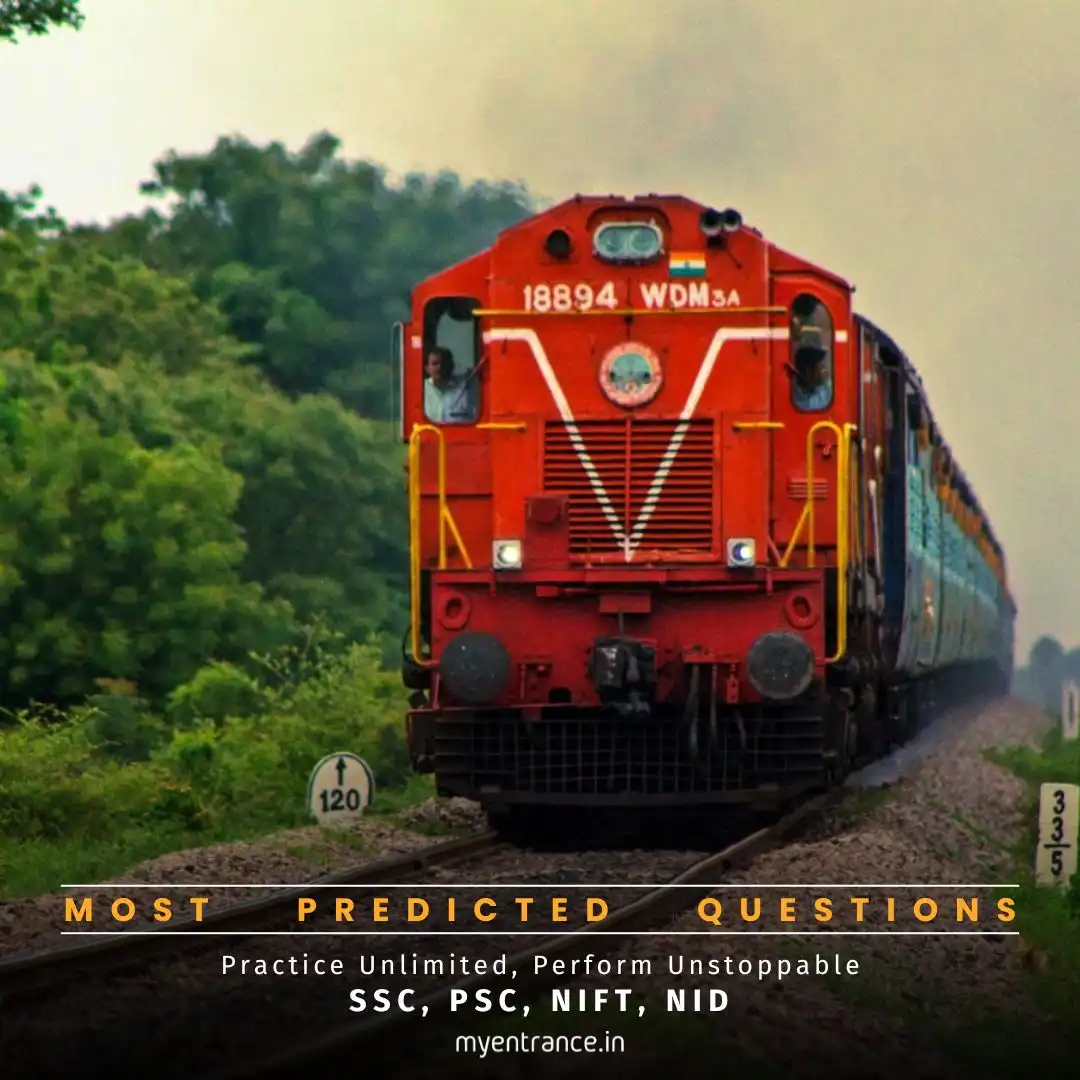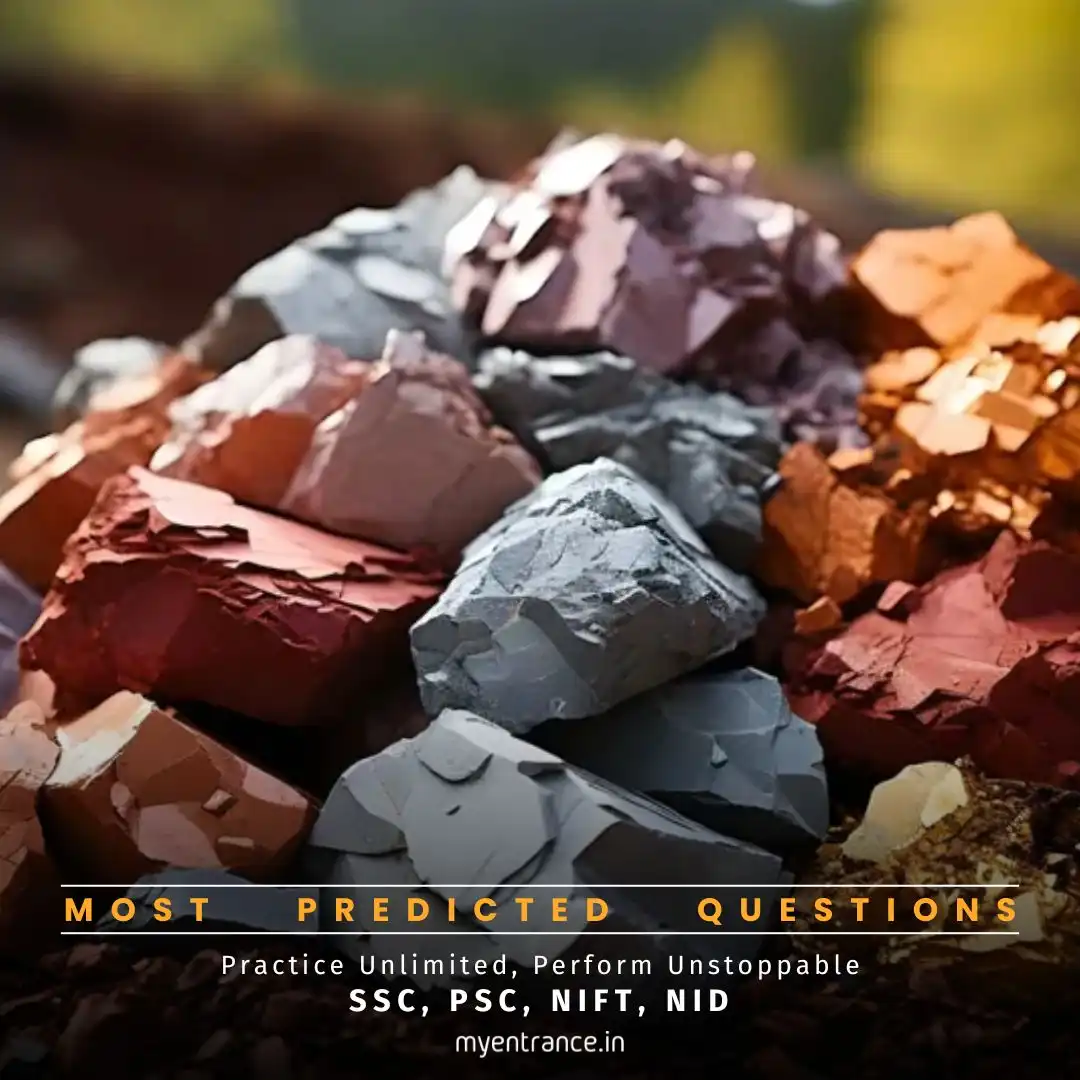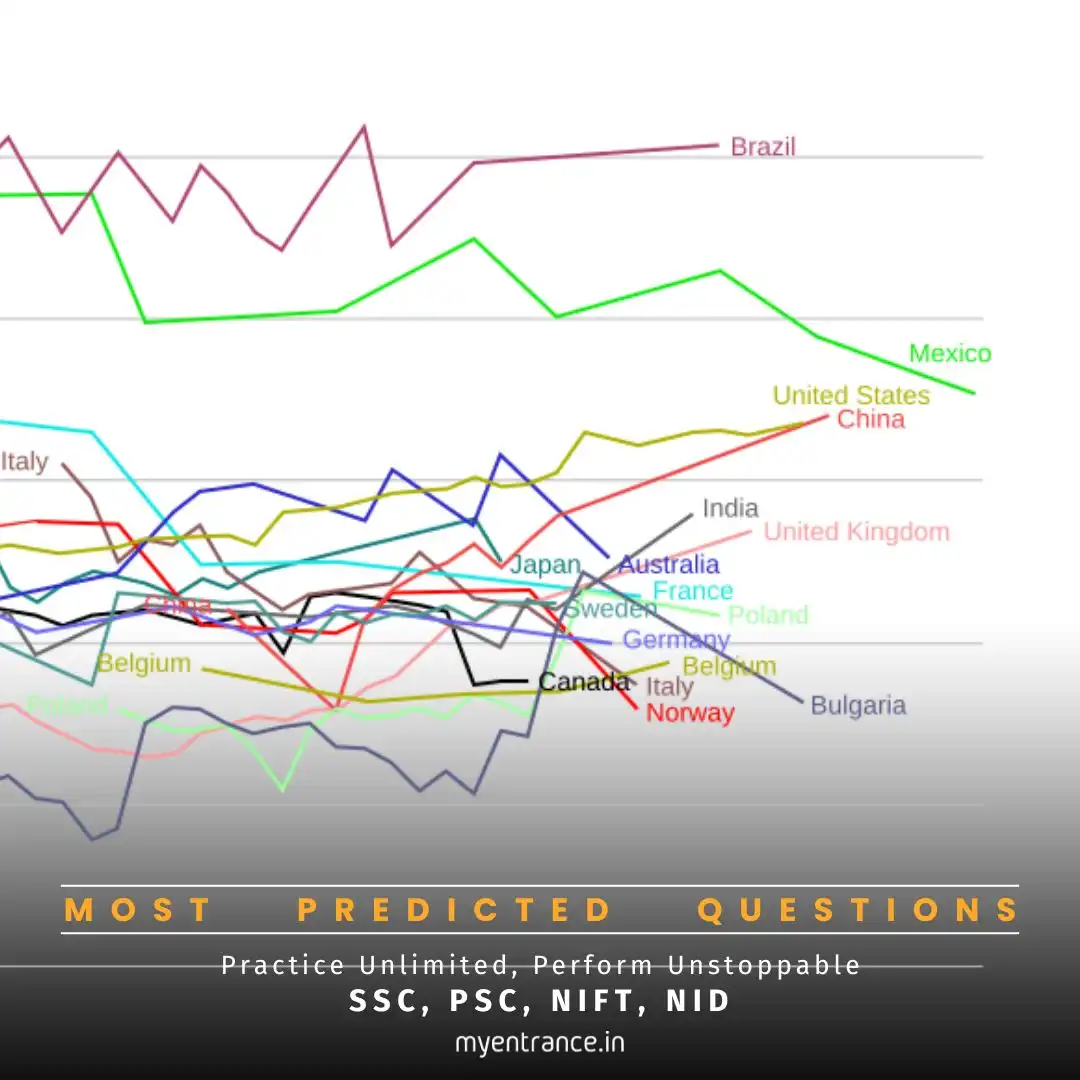Select Language
Great Nicobar Project: Balancing Development & Environment – What’s the Latest Update?
Keezhadi, a small village near Madurai, has become one of India’s most significant archaeological discoveries. Excavations here suggest an advanced urban civilization dating back to the 6th century BCE, reshaping our understanding of South India’s ancient history.
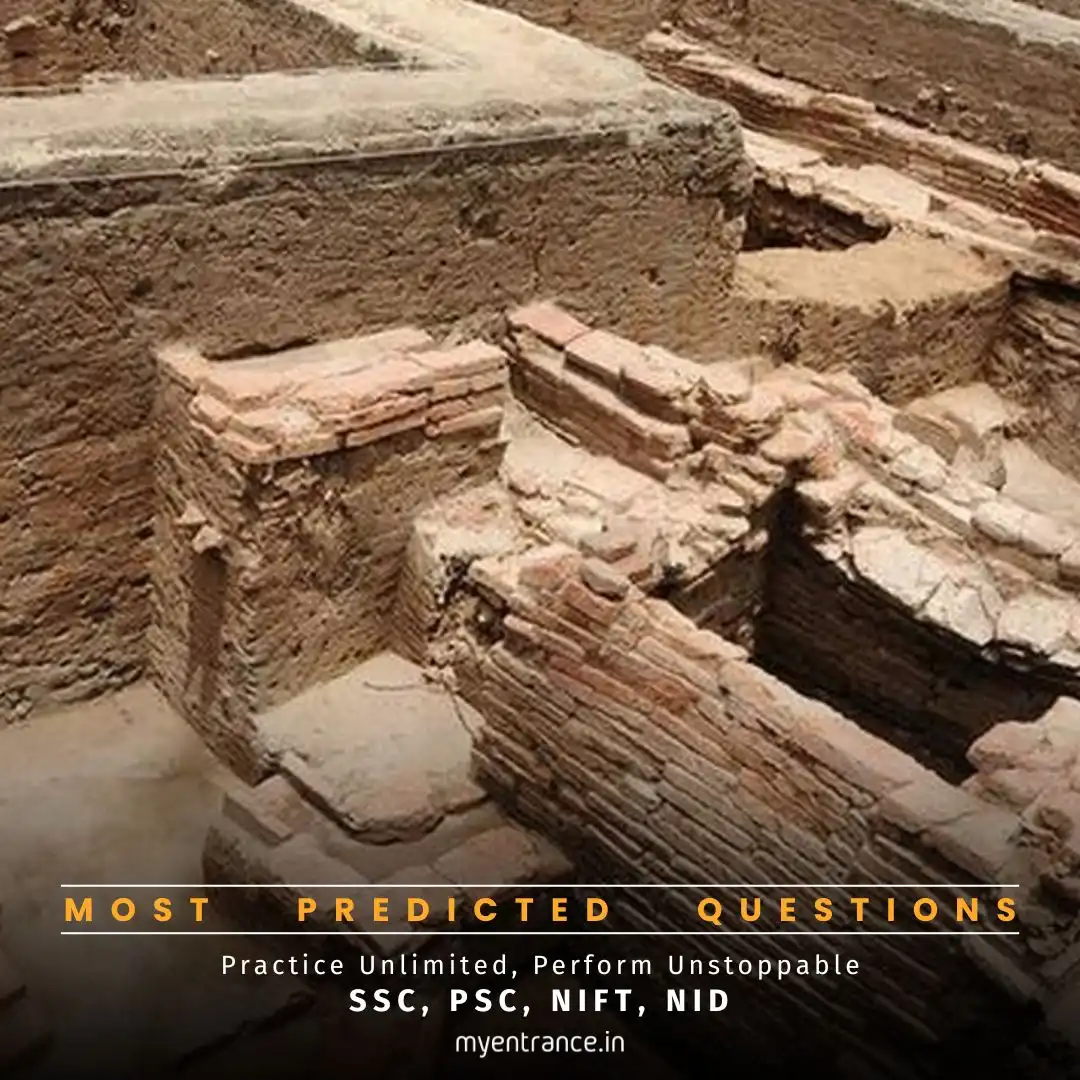
Keezhadi Excavation: Key Findings
1. A Glimpse into an Ancient Urban Civilization
Since 2014, excavations led by archaeologist K. Amarnath Ramakrishna have uncovered:
Brick structures and industrial furnaces
Advanced drainage systems
Tamil-Brahmi inscribed pottery
Carnelian beads (indicating trade)
Terracotta artifacts and figurines
These findings suggest a highly developed society, possibly contemporary with early Gangetic plains civilizations.
2. Controversial Dating Debate
Ramakrishna’s 2023 report dated Keezhadi between the 8th and 3rd century BCE based on stratigraphy and AMS dating. However, the ASI later contested this, proposing a pre-300 BCE timeline. Despite pushback, evidence like Tamil-Brahmi inscriptions supports an earlier urbanized Tamil society.
3. Link to Sangam Literature
Many artifacts align with Sangam-era texts:
Iron smelting tools match descriptions in ancient Tamil poetry.
Burial urns found at the site resemble those mentioned in Purananuru.
Names like “Aadhan” on potsherds appear in Sangam literature.
This connection bridges archaeology with literary history, making Keezhadi a cultural treasure.
4. Recent Discoveries (2025)
A crystal quartz weighing unit (rare for the era)
Terracotta hopscotch (evidence of recreational activities)
Iron nails, black-and-red ware pottery
An earthen snake figurine
These findings reinforce Keezhadi’s role as a bustling trade and cultural hub.
Rakhigarhi & Ratnagiri: Other Major Excavations
1. Rakhigarhi – Largest Harappan Site in India
Located in Haryana, this 5,000-year-old site rivals Mohenjo-Daro in significance.
Recent excavations revealed:
Jewelry-making units with gold and copper artifacts.
Double burial site (male and female skeletons).
Cylindrical seal with Harappan script and an alligator symbol.
DNA studies suggest Harappans had independent origins, disproving links to steppe pastoralists.
2. Ratnagiri – Odisha’s Buddhist Gem
Part of Odisha’s “Diamond Triangle” (with Udaygiri & Lalitgiri).
Recent finds include:
A colossal Buddha head (8th-9th century AD).
Inscribed Buddhist relics.
The only curvilinear-roofed monastery in India.
Once home to 500 monks, Ratnagiri was a major Vajrayana Buddhism center.
Sample Questions for Competitive Exams
What is the significance of Keezhadi’s Tamil-Brahmi inscriptions?
Ans: They prove early literacy in South India, dating back to the 6th century BCE.
Why is Rakhigarhi important in Harappan studies?
Ans: It is the largest Harappan site in India, with evidence of urban planning and trade.
Which text correlates with Keezhadi’s burial urn findings?
Ans: Purananuru from Sangam literature describes similar urns.
What makes Ratnagiri unique among Buddhist sites?
Ans: It has India’s only monastery with a curvilinear roof.
What does the DNA study from Rakhigarhi suggest?
Ans: Harappans had an independent origin, unrelated to steppe pastoralists.
Why is This Important for Exams?
History & Culture: Keezhadi reshapes narratives of early urbanization in South India.
Art & Architecture: Findings like the crystal quartz weight and Buddha statues are key for art history.
Literature Links: Sangam texts’ validation through archaeology is crucial for Tamil Nadu exams.
Harappan Studies: Rakhigarhi’s discoveries are frequently asked in UPSC, SSC, and state PSCs.
Buddhist Sites: Ratnagiri’s role in Vajrayana Buddhism is essential for exams like NDA and CDS.
Get 3 Months Free Access for SSC, PSC, NIFT & NID
Boost your exam prep!
Use offer code WELCOME28 to get 3 months free subscription. Start preparing today!
